[…]
How To
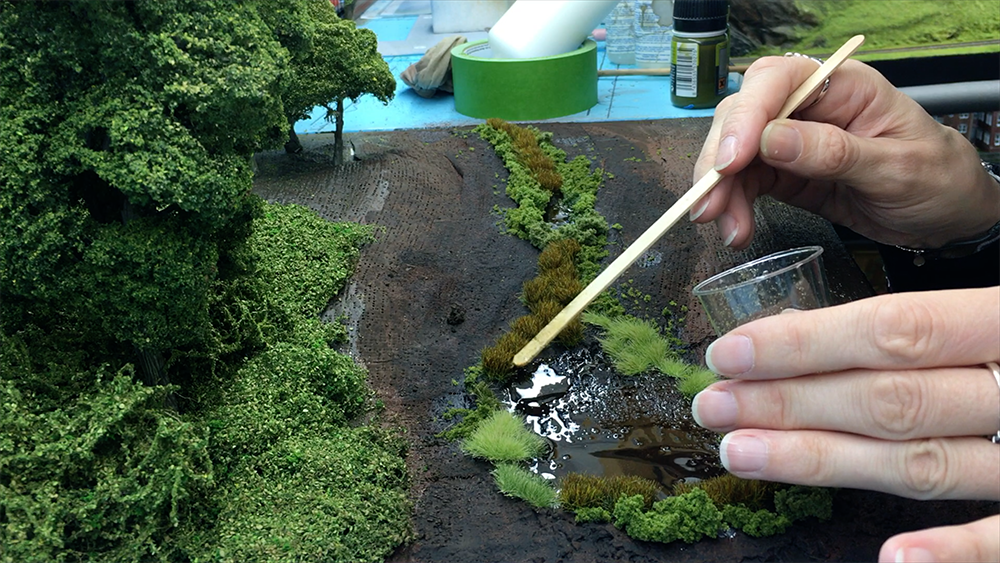
Action may be required on your Trains.com account in order to continue accessing content. Click here to learn more.

[…]
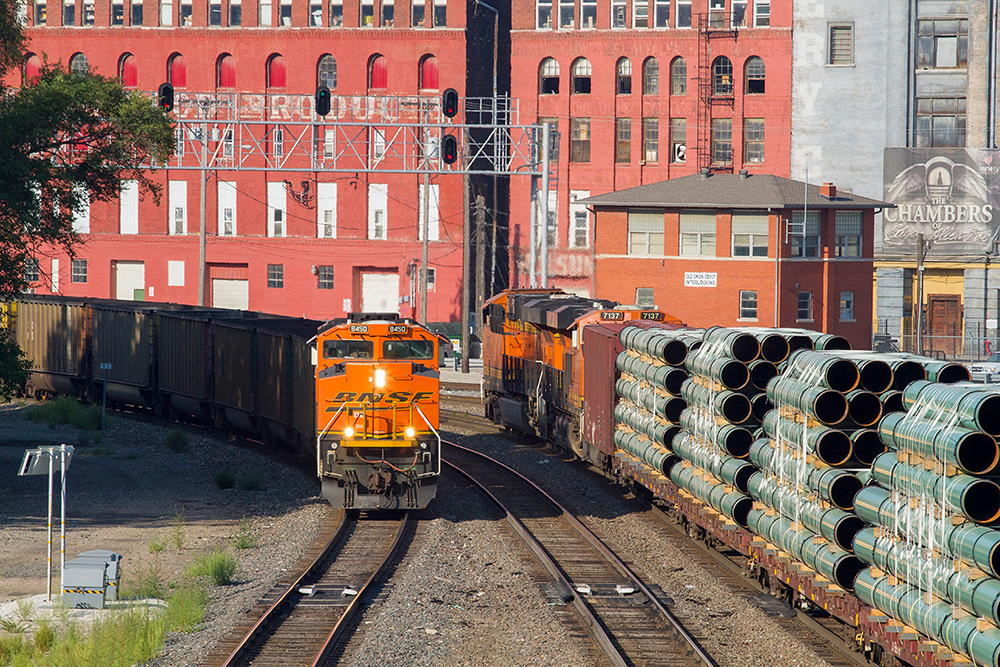
[…]
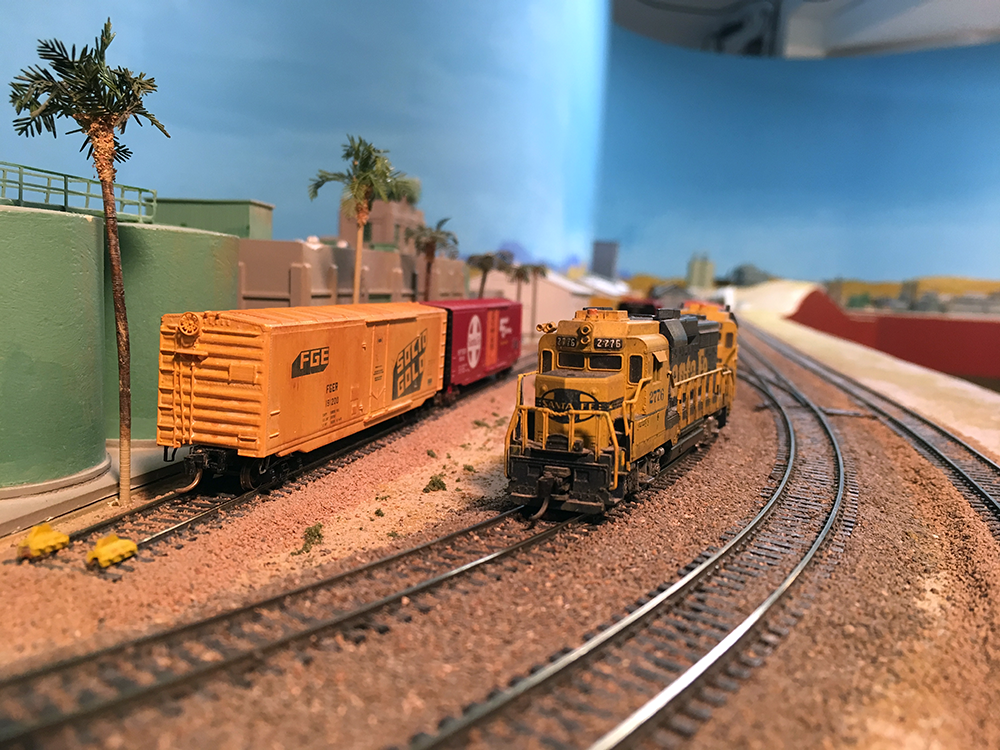
[…]
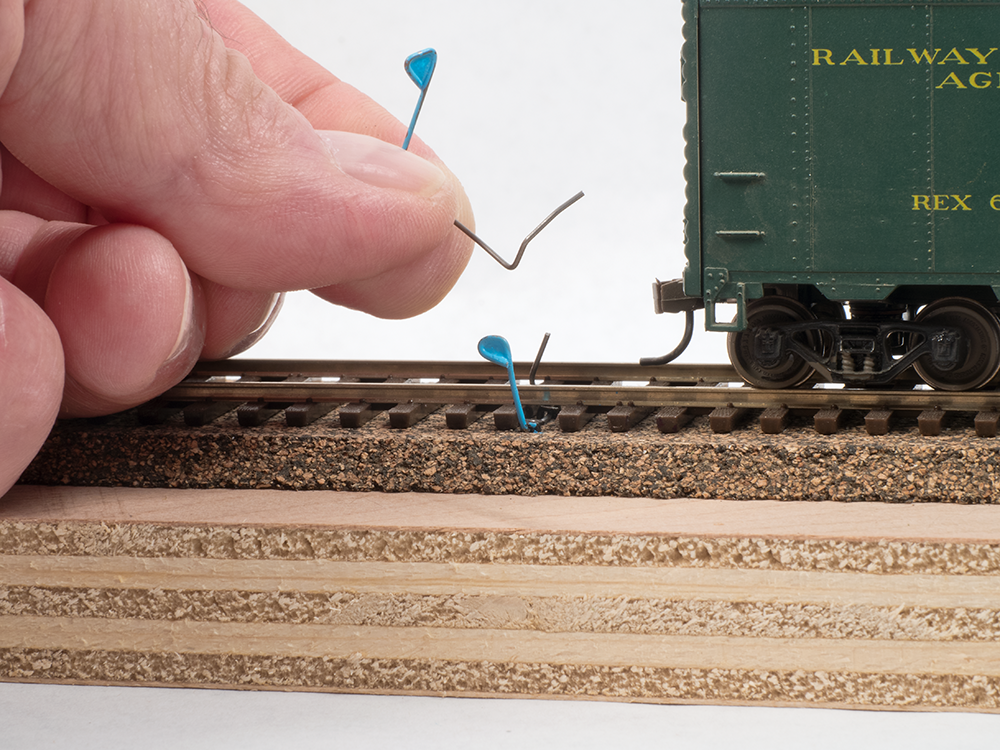
Our experts share their modeling tips to help you tackle your latest modeling project. Use the filters to search by modeling topic, scale, layout size and more. […]

[…]
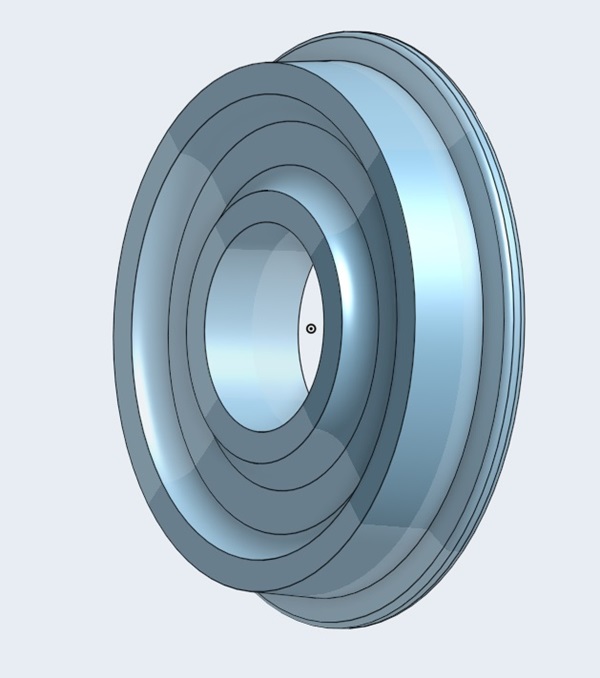
Last time I 3D printed the wheel made in a solid modeling program called Onshape and I didn’t like the results. I redesigned the wheel to make it more aesthetically pleasing and to better meet my needs. Instead of walking through the steps that I took to create this new, improved wheel, I will show […]
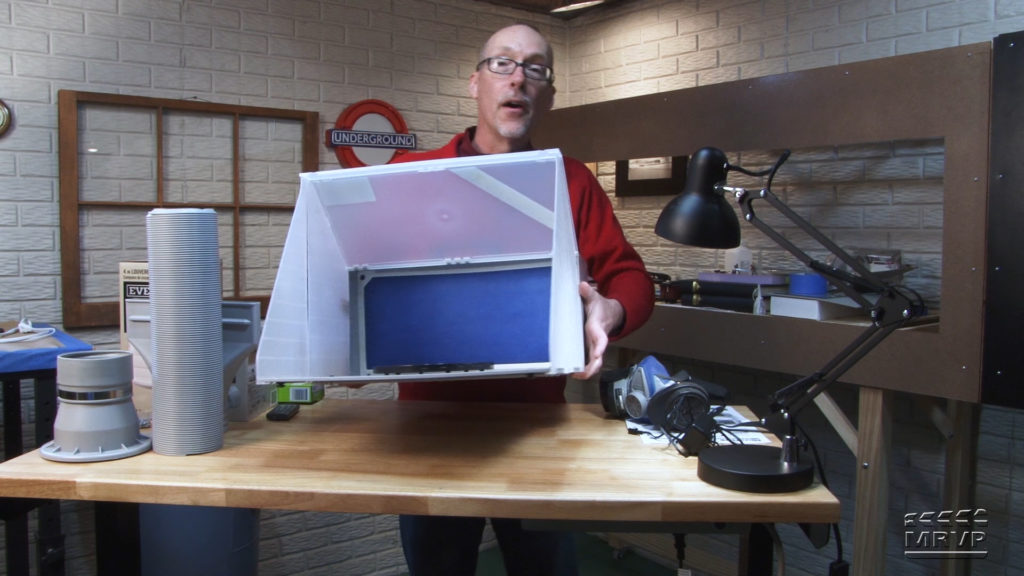
Having trouble viewing this video? Please visit our Video FAQ page Want the freedom to paint and weather your models safely and easily in your basement? MRVP’s David Popp shows how to make that possible by installing a fold-up spray booth from Micro-Mark. Follow along as he talks you through the entire process — […]

Don’t miss Nancy Norris’ feature article in our Spring 2020 issue, “Dine in your line.” Download a PDF of “100 plants for railway gardeners” here […]
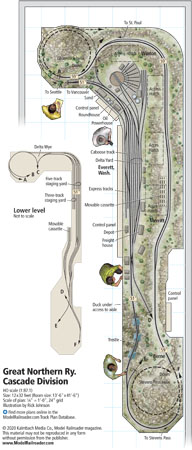
The layout at a glance Name: Great Northern Cascade Division Layout owner: Lee Marsh Scale: HO (1:87.1) Size: 12 x 32 feet Prototype: Great Northern Ry., Northern Pacific (trackage rights) Locale: Everett, Wash., and Stevens Pass in the Cascade Mountains Era: 1947 to 1951 Style: island Mainline run: 142 feet Minimum radius: 24″ (helixes) Minimum turnout: no. […]
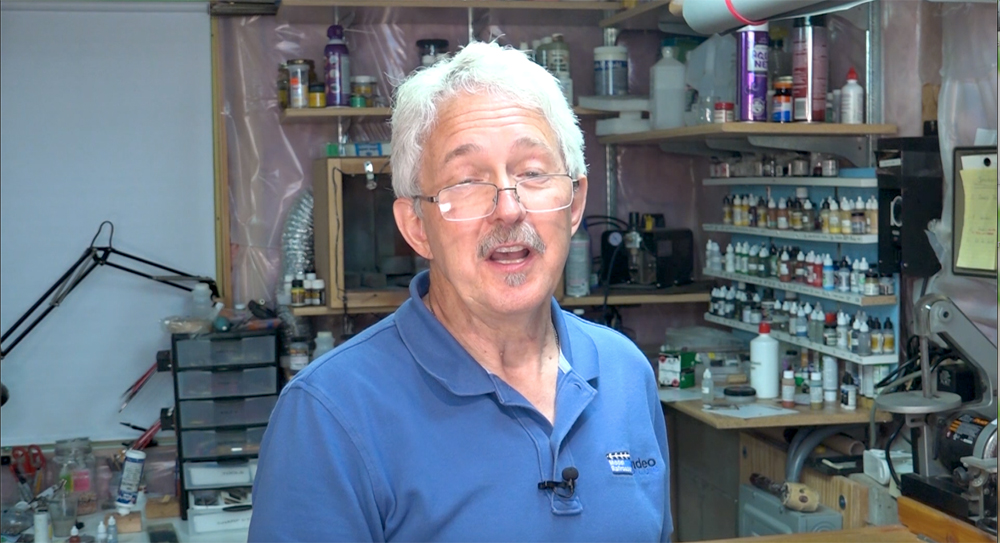
Details are what make any scene on a model railroad come alive! In the final installment of this mini-series, Gerry Leone works to add those to his streets, sidewalks, and storefronts of Eagle Lake. Watch to see how Gerry arranges components on the workbench, before they all come together on the layout. […]
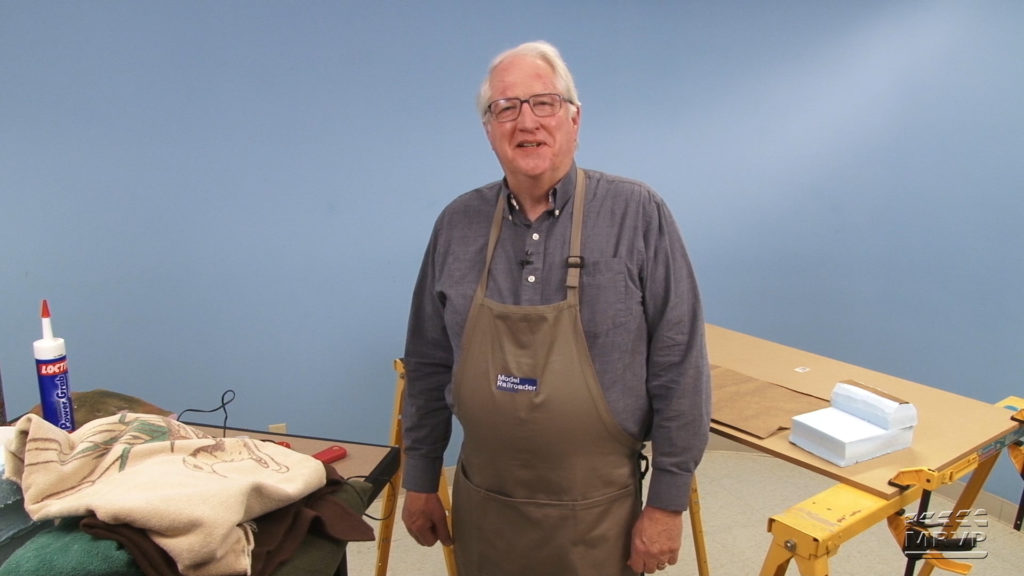
Noted narrow gauge modeler Gregg Condon shares his easy approach to building model railroad scenery without using plaster. In this how-to video, Gregg demonstrates just how simple it is to combine carved foamboard, cloth shapes, and adhesive caulk to make realistic model railroad landforms. […]
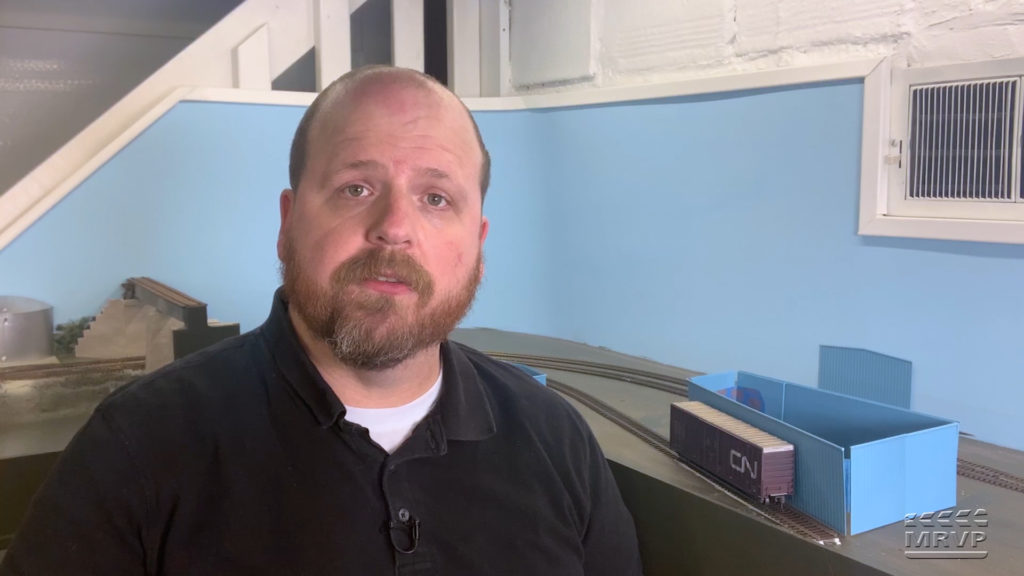
Contributing Editor James McNab launches into his new, Hills Line HO scale layout development. In this episode, he focuses on establishing a practical footprint for the various rail-served complexes and industries that help keep the wheels of commerce (and railroad operation) turning. Don’t miss James’ take on making short-term structures with a purpose! […]